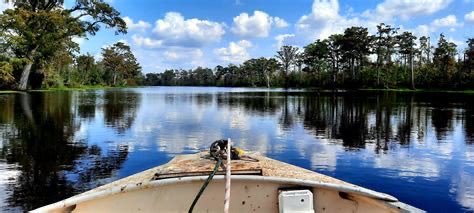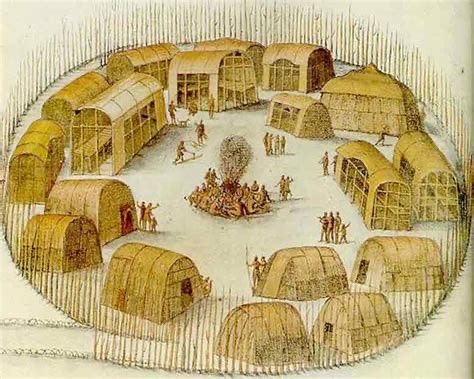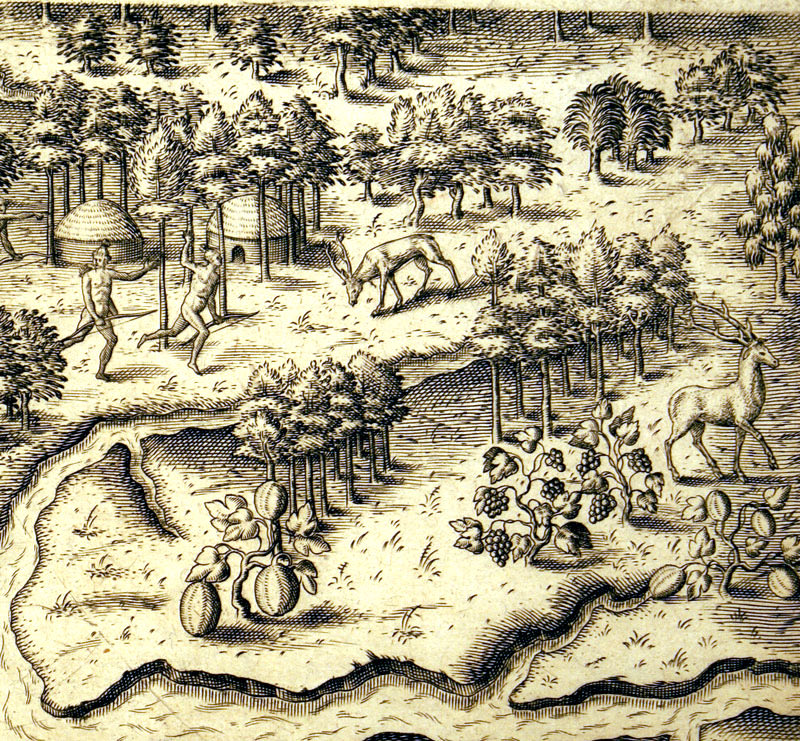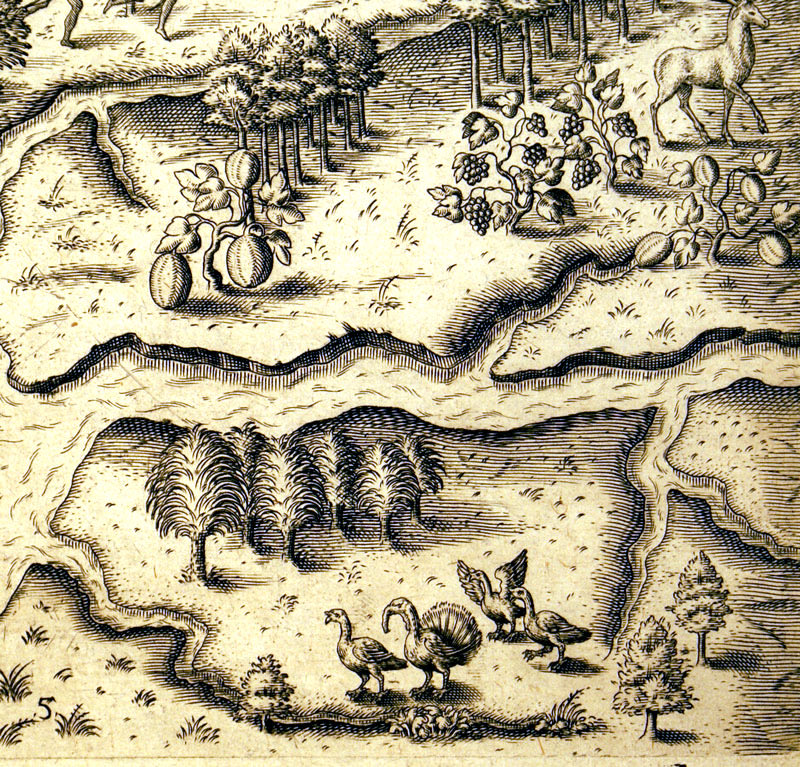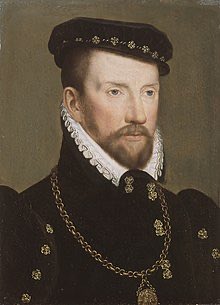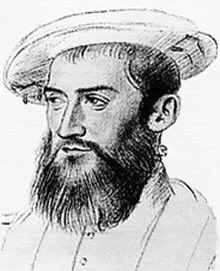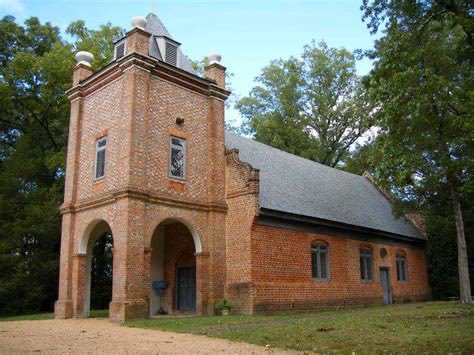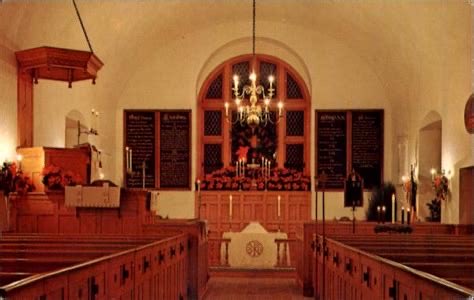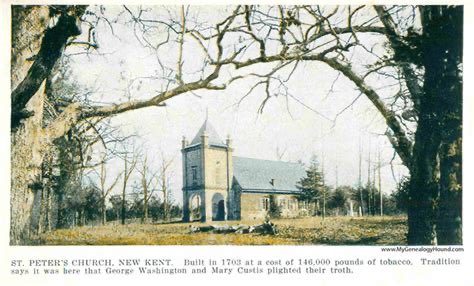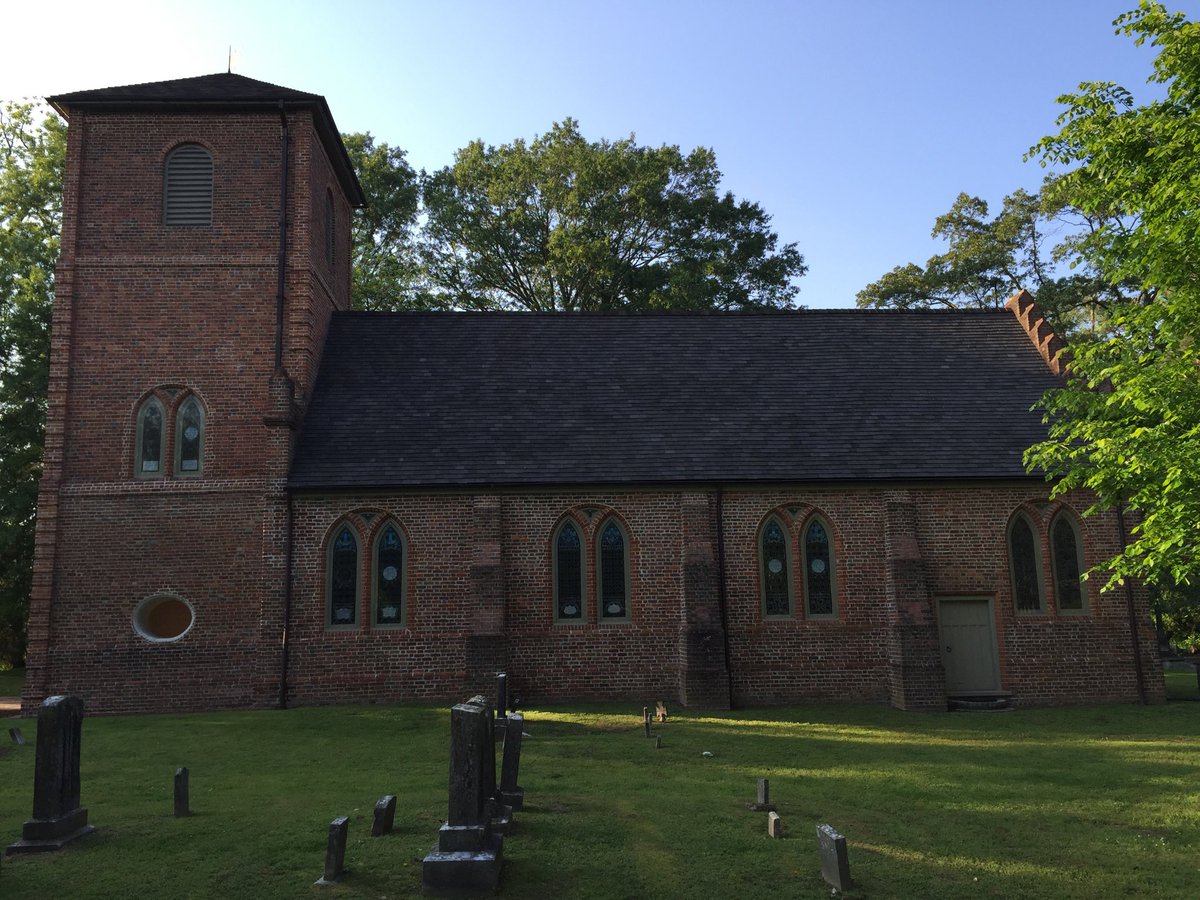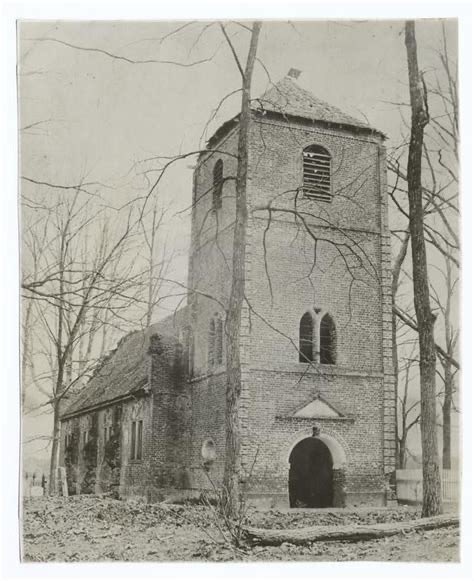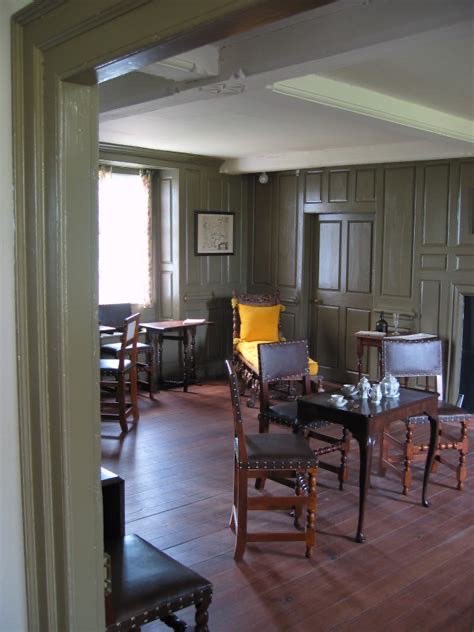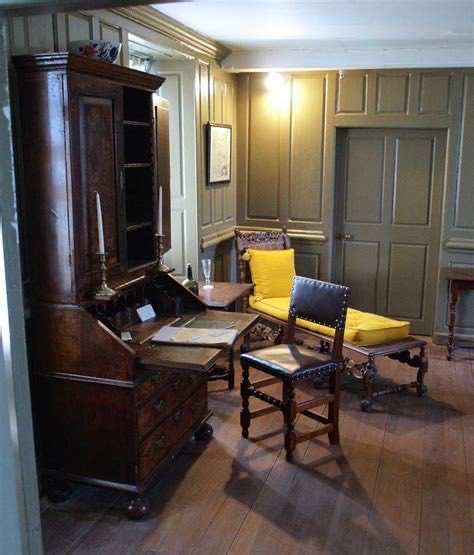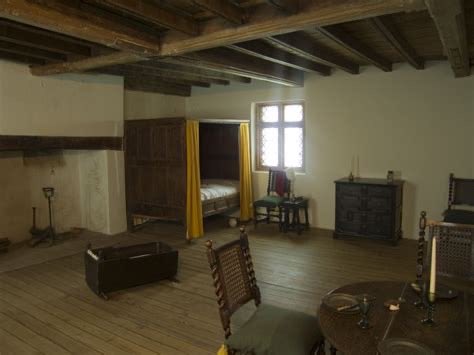
The Jamestown Massacre of 1622 lived on in the memory of Virginians for generations, close to 1/4 of the population died when the Powhatan decided it was time to rid themselves of the colonists. This event had profound effects on the future of English North America 

The origin of this event dates from the very beginning of the colony. Virginia was initially settled by men who knew very little about agriculture and neglected to raise enough food to be self sufficient. This led the early colonists to barter with the natives for food. 

When starvation threatened the colonists they would steal food from the natives. If they resisted them the colonists would sometimes burn their villages and take what they needed leaving the natives to fend for themselves. 

The first Anglo Powhatan war began in 1610 at the instigation of the settlers. During this conflict Pocahontas was captured, and while she was held hostage she met John Rolfe. They were later married and this helped to keep peace between the two people while her father ruled 

The Powhatan Confederacy. In 1618, after the death of Powhatan, his brother Opitchapam, a lame and quiet old man, became paramount chief of the confederacy. Their youngest brother, Opechancanough, was probably the actual leader
with his friend, war-chief and advisor Nemattanew. Neither of the younger men believed that peaceful relations with the colonists could be maintained. Perhaps in 1620–1621, Opitchapam retired or he was deposed and he was succeeded by his youngest brother. 

Opechancanough and Nemattanew began to develop plans for the unavoidable war. Having recovered from their defeat commanding Pamunkey warriors during the First Anglo-Powhatan War, they planned to shock the English with an attack that would leave them 

contained in a small trading outpost, rather than expanding throughout the area with new plantations. In the spring of 1622, after a settler murdered his adviser Nemattanew, Opechancanough launched a campaign of surprise attacks on at least 31 separate English 

settlements and plantations, mostly along the James River, extending as far as Henricus near the modern city of Richmond. All of these attacks were to be simultaneous to keep the English from being able to regroup and counterattack. 
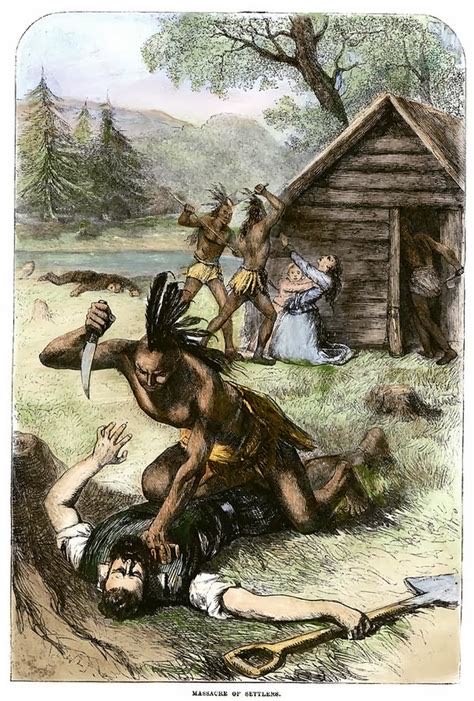
Jamestown was saved by the warning of an Indian youth living in the home of Richard Pace, one of the colonists. The youth woke Pace to warn him of the planned attack. Living across the river from Jamestown, Pace secured his family and rowed to the settlement to spread the alarm. 

The name of the Indian who warned Pace is not recorded in any of the contemporary accounts. Although legend has named him "Chanco", this may be wrong. An Indian named "Chauco" is mentioned in a letter from the Virginia Council to the Virginia Company of London dated April 4, 1623 

He is described not as a youth but as "one...who had lived much amongst the English, and by revealinge yt pl[ot] To divers appon the day of Massacre, saved theire lives..."Chauco" may be the same person as "Chacrow", an Indian mentioned in a court record of 25 October 1624
as living with Lt Sharpe, Capt. William Powell, and Capt. William Peirce "in the tyme of Sir Thos Dale's government"—that is, before 1616. It is possible that the older Indian, Chauco, and the youth who warned Richard Pace have been confused over time. 

While Jamestown was saved many of the other settlements were not so lucky. During the one-day surprise attack, the Powhatan tribes attacked many of the smaller communities, including Henricus and its fledgling college for children of natives and settlers alike.
In the neighborhood of Martin's Hundred, 73 people were killed.More than half the population died in Wolstenholme Towne, where only two houses and a part of a church were left standing. 

In all, the Powhatan killed about four hundred colonists and took 20 women captive. The captives lived and worked as Powhatan Indians until they died or were ransomed. The settlers abandoned the Falling Creek Ironworks, Henricus, and Smith's Hundred.
The group of settlers at Berkley who had recently celebrated the first Thanksgiving in America were almost all killed. Richard Pace’s son would marry the daughter of the Rev Samuel Moycock who was killed in the massacre. She was known throughout her life as the Jamestown orphan. 

Opechancanough withdrew his warriors, believing that the English would behave as Native Americans would when defeated: pack up and leave, or learn their lesson and respect the power of the Powhatan but that’s not what happened.
In May 1623, plans were made with Opechancanough to negotiate peace and the release of the captives. He released Mistress Boyse as a good faith gesture, with the implied message that he would negotiate for the release of the remaining women.
Captain Tucker and a group of musketeers met with Opechancanough and members of a Powhatan village along the Potomac River on May 22. In preparation for the event, Dr. John Potts prepared poisoned wine. He and others offered toasts and 200 Powhatans died after drinking the wine. 

The English retaliated by attacking and burning down Powhatan villages. Tribal members and the captive women fled the English attacks. They also were hungry due to lost corn crops. At this time the worst drought in 700 years was effecting the east coast of North America.
The colonists attacked the Powhatan in revenge for the massacre, attacked the Powhatan through "the use of force, surprise attacks, famine resulting from the burning of their corn, destroying their boats, canoes, and houses, breaking their fishing weirs and assaulting
them in their hunting expedition, pursuing them with horses and using bloodhounds to find them and mastiffs to seaze them, driving them to flee within reach of their enemies among other tribes, and 'assimilating and abetting their enemies against them".
This would lead to the third Anglo Powhatan war in 1644 but that’s a tale for another time. In the meantime Virginia’s charter was revoked in 1624, she was now a royal colony under James I 

• • •
Missing some Tweet in this thread? You can try to
force a refresh




